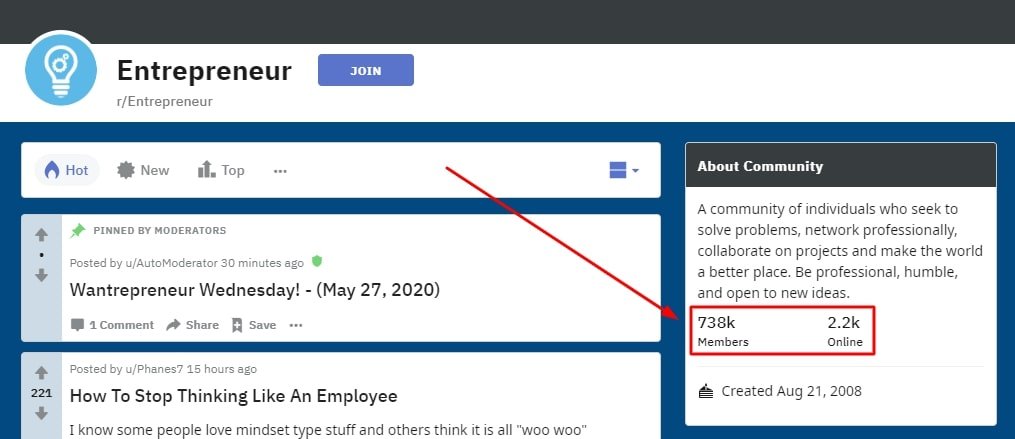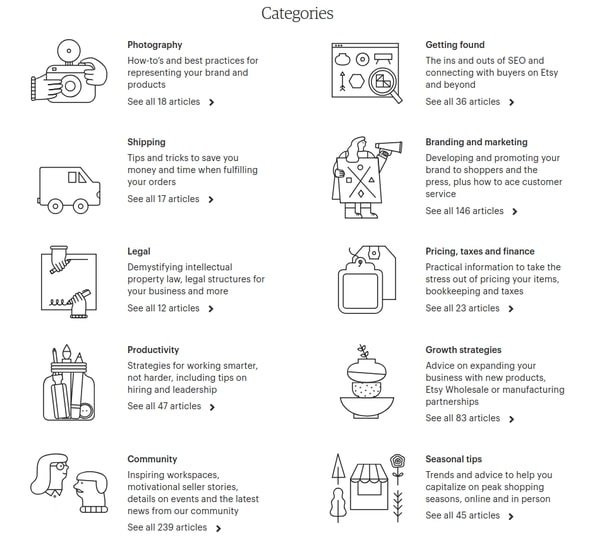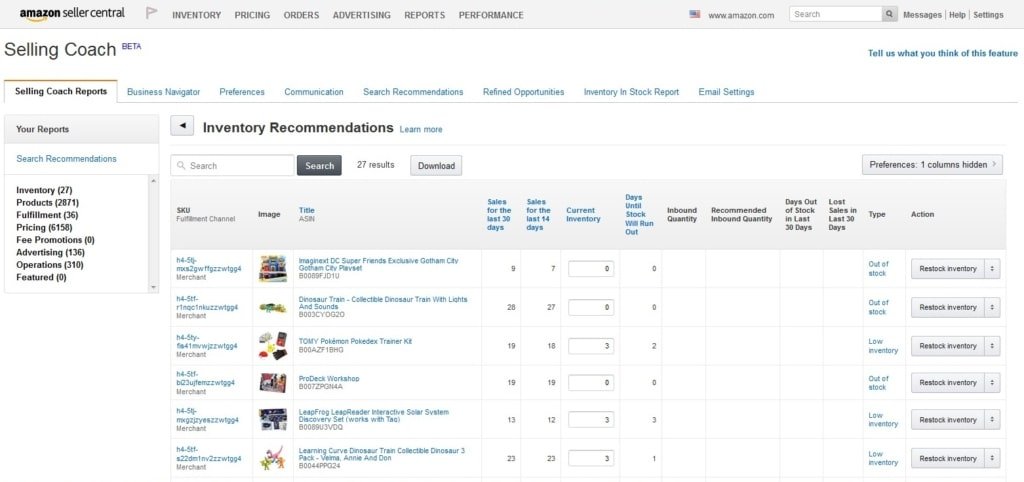User acquisition is one of the most important aspects to make your marketplace website successful. When you attract sellers and buyers to your platform, you start making a profit and improve your market presence.
Our previous article covered the topic of attracting buyers for a peer to peer marketplace. We have considered 4 simple techniques that will help you solve the chicken and egg problem even before you launch your marketplace. These are a referral system, landing page, free offers, and constraints that can help you attract early buyers.
Today we want to discuss the second important aspect - acquisition of sellers. We prepared 7 quick ways to attract vendors to your peer to peer marketplace platform. This detailed guide will help you make your e-commerce website profitable and successful.
1. Contact active sellers from other platforms
One of the easiest and fastest ways of acquiring vendors to your marketplace is using existing online and offline platforms.
For example, you can visit business-related conferences and events that connect entrepreneurs. They promote their goods to find new customers at such events. So, it is a perfect opportunity to communicate with them and attract sellers to your platform.
In terms of online platforms, sellers may use:
- Forums (Web Retailer, Amazon Seller Central, Ecommerce Fuel Forum),
- Q&A websites (Quora, Reddit, Voat, ProductHunt),
- other marketplace platforms, such as Amazon, eBay, Flipkart, etc.
For example, Reddit provides different subreddits for entrepreneurs. One of the most popular and visited ones is r/entrepreneur which has 738k members.

When you have found the right platform, you need to contact the sellers and offer them to join your peer to peer marketplace. Your website should be beneficial for vendors to join. To increase the chances of user acquisition, you can demonstrate the vivid benefits of your platform over other market alternatives to attract sellers.
Finally, the slam dunk is to give vendors insight into the consumers’ volume on the platform. Let’s take a closer look at this user acquisition option.
2. Provide sellers with the number of buyers on-board
When you already have buyers on your platform, this allows you to quickly and easily attract sellers when the peer to peer marketplace is started. But how?
Once you have acquired buyers, it becomes a powerful benefit for sellers to join your platform. They know there are potential customers that can be interested in their products.
For example, create the following message for vendors. "We have acquired N thousands of buyers ready to purchase your product on day 1. Join the platform and start selling your goods". This statement is pretty convincing as sellers mostly do not want to provide a supply without an existing demand.
3. Implement useful guides on your peer to peer marketplace
The e-commerce market includes both experienced and entry-level sellers. The latter do not know all the tips and tricks that can help them sell their items.
You can solve the chicken and egg problem and attract sellers by making your peer to peer marketplace platform easy-to-use. For example, you can add guidelines or blog posts. This will increase your chances to become the sellers’ choice as you give them some value.
Also, you can build a separate web page with useful guides for each product category. This method was implemented by Etsy and allows them to effectively attract sellers. The platform gives advice on how to successfully run online shops in multiple categories.

4. Research vendors’ expectations and provide an exclusive offer
Vendors, as any users, appreciate when you take care of them and make allowance for their needs and desires. For this reason, one more effective user acquisition tactic to attract sellers is to provide them with an exclusive offer in your peer to peer marketplace software.
Let’s take a look at the most common expectations of vendors:
- A possibility to enter new markets and find new customers;
- An ability to use marketplace platform advanced features;
- Obtaining a new sales channel;
- The chance to estimate their business activity.
To conclude, always research sellers’ expectations to provide value to them. For example, offer vendors useful analytics tools that allow them to improve sales. This method greatly stimulates sellers to join your peer to peer marketplace and actively operate on it.
5. Implement suitable and clear commission models
When you build a peer to peer marketplace and attract sellers, they want to know exactly what they will pay for. It greatly affects their trust level and the final decision whether to start selling on your platform or not. Let’s briefly cover the most efficient and suitable monetization strategies for successful user acquisition.
- Commission
You charge a certain amount of each transaction made on the platform.
- Listing fees
Sellers pay a fixed amount when publishing their goods for sale.
- Selling fees
Vendors pay a share of each payment before it comes to them.
- Subscription fees
A monthly or yearly payment to get access to the platform.

6. Offer inventory management assistance
Another user acquisition technique to solve the chicken and egg problem and attract sellers is inventory management assistance. It means that you implement a certain functionality that helps vendors control and keep a record of their goods.
For example, when creating a product page, sellers specify the available quantity and may set a notification. It will alert them when the item number is lower than the set amount, so it’s time to restock this product.
Amazon Selling Coach is a perfect example of inventory management assistance. Vendors can administer their shop items and update the necessary information for buyers. It greatly boosts user acquisition and allows to attract sellers.


7. Create a solid seller support system
Customer support is an important aspect of a successful peer to peer marketplace software that will help you attract sellers. It allows your website users to get support for any issue that may emerge on the platform, which makes both buyers and sellers feel that the e-commerce platform takes care of them. This fact improves platform-user relationships and creates a smooth purchase/selling experience.
Quite often, entrepreneurs may neglect the seller side and build such a feature only for buyers. It becomes a failure tactic in the long-term user acquisition as vendors may also need help and feedback from your peer to peer marketplace platform. If sellers cannot find answers to their questions, they may just leave your platform and proceed to competitors.
One of the successful chicken and egg problem solutions is Amazon Seller Centre. It enables vendors to choose the relevant issue topic and report about a certain problem. This way, Amazon attracts sellers and builds a strong relationship with them.

Conclusion
User acquisition is an important stage of a successful e-commerce website launch. Apart from website functionality development, you should attract sellers and buyers to start making profit and improve the market presence of your peer to peer marketplace software.
We hope this detailed guide will help you acquire vendors to your peer to peer marketplace platform. Surely, these are not the only available strategies, but we have shared the most efficient user acquisition methods.
If you are looking for a reliable online marketplace development company, Codica team will be glad to help you build an e-commerce website. Contact us to discuss your project and bring your idea into reality.
